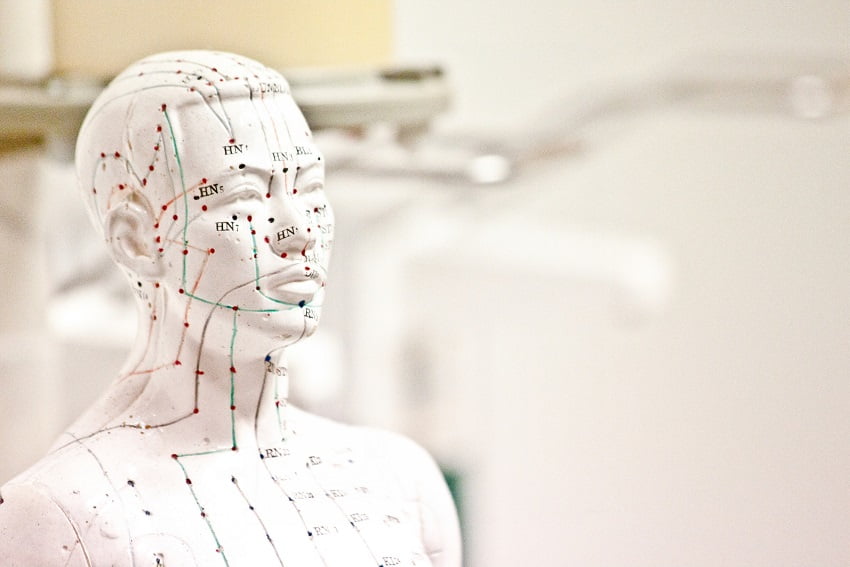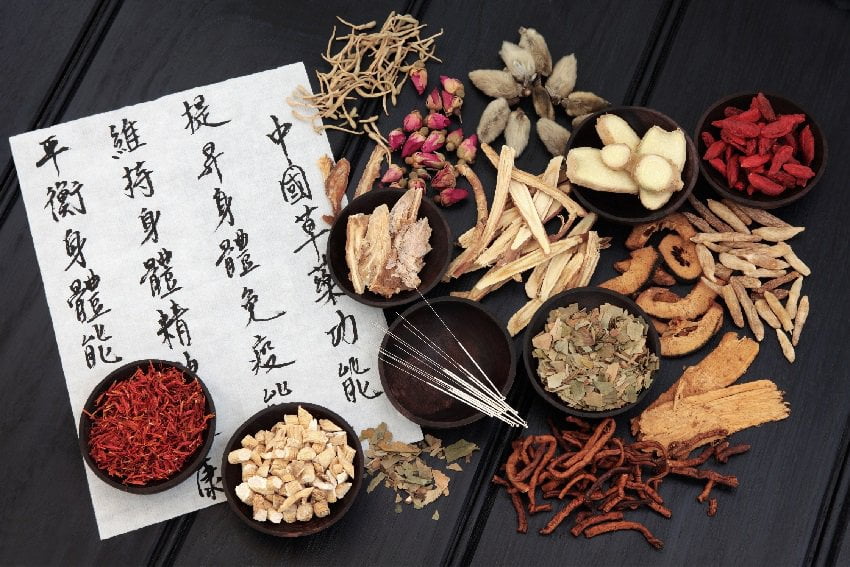What is Traditional Chinese Medicine?
A few thousand years old, Traditional Chinese Medicine (known as TCM) represents a 'system', that is to say a set of theories and practices concerning humans and their health. Its relative complexity, for Westerners, is mainly due to the following facts:
- It has its own philosophical and symbolic basis
- It sees the body, the heart and mind as a whole
- It considers phenomena not in themselves, but from the relationships between them. Therefore, the health of an organ or a person depends on multiple factors all linked together
- It uses several common terms in a sense different from what is usually understood in the West.
Access to articles on traditional chinese medicine
Different practices of Traditional Chinese Medicine
To ensure good health, Traditional Chinese Medicine uses 5 main practices which are :
- Tuina Chinese massage which may include the use of chinese cupping and guasha ;
- the acupuncture which includes the use of needles and moxa ;
- Chinese pharmacopoeia (use of medicinal herbs);
- Chinese dietetics;
- Qi Gong exercises.
People trained in the 5 practices bear the title of doctor of Chinese medicine. Only trained in one or a few of these practices, they have a specific title such as Tuina practitioner or acupuncturist for example.


General principle of Traditional Chinese Medicine
Traditional Chinese medicine aims to maintain the harmony of Qi energy inside the body as well as between the body and external elements. There health is linked to the body's ability to maintain the dynamics necessary to confront attacks. There disease occurs when the body loses its ability to adapt.
Each individual has a particular constitution where the different elements interact according to their own balance. This is called terrain. In two people, the same symptom such as a headache does not, a priori, come from the same cause, but from an imbalance specific to each of them.
To maintain health, harmony must reside in each of the elements of the whole as well as between its different elements. And also on all levels: in each of the organs of the individual, and between these organs; within the individual, and between the individual and their environment. Traditional Chinese Medicine does not treat the symptoms but their cause. It aims to treat the person in a way holistic.
